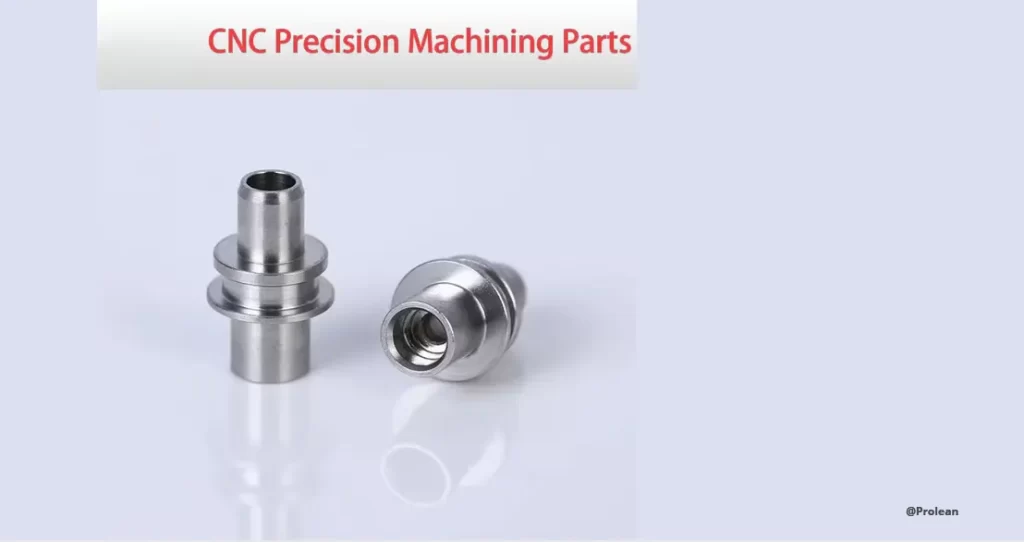
In today’s fast-paced manufacturing, the demand for high-quality, precise, and robust parts is higher than ever. CNC precision machining is vital for making parts with tolerances of ±0.001 inches. Standard machining cannot achieve this. Industries use this technology for high standards in automotive parts, medical implants, aerospace, and military equipment.
This article explores CNC precision machining parts. It covers its methods, equipment, materials, advantages, and applications. It shows how this advanced process revolutionizes production in various sectors.
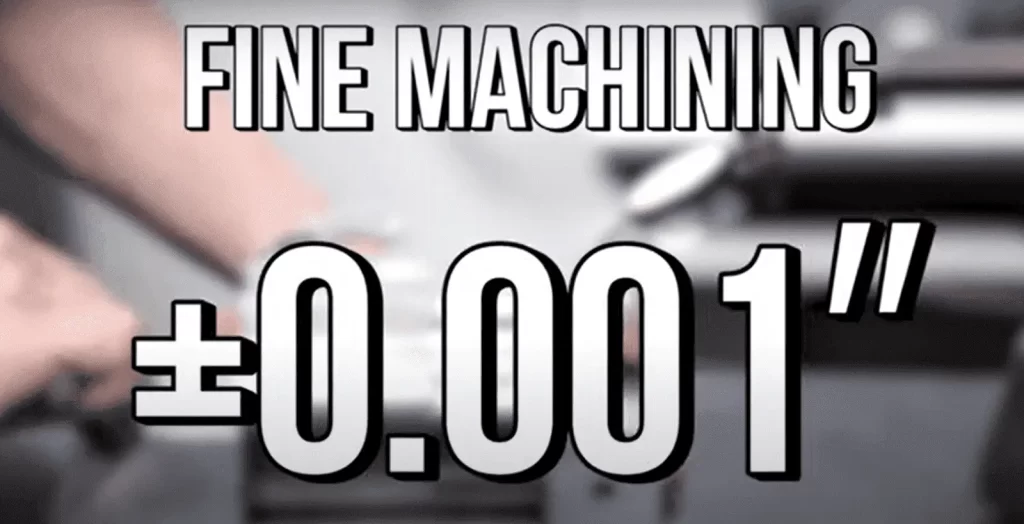
CNC Machining Tolerance
What is CNC Precision Machining?
“CNC precision machining” means making complex CNC precision machining parts with machines. These machines can grind, drill, and transform raw materials. They can also do precision machining at the micron level. CNC machining technology has transformed manufacturing for sectors that require reliable performance.
Producing CNC precision machining parts with pinpoint accuracy is the main strength of this advanced manufacturing process. In industries like aerospace, medical devices, and auto engineering, this is vital. Even small deviations from specs can cause failures or inefficiencies.
Computer-controlled machining removes material depending on the provided layout and digital commands. Automated tool movement is more precise than traditional machining techniques. The tolerance for precision machining is usually between ±0.05 and 5 mm. To achieve this accuracy, we must use specialist machines. We need to tune their settings and use skilled handling techniques. Manufacturers use tools like milling machines, setups, and lathes to make precise parts. Also, computer-aided design and manufacturing are vital to this process. CNC machining instructions are generated from the 3D model of precision machining components via CAM. The machine then follows a predefined route to cut the material into the required form.
Parts and Components of CNC Precision Machining
CNC precision machining relies on a well-coordinated set of hardware and software components. Each part of the system plays a vital role in ensuring the accuracy, efficiency, and reliability of the machining process. Below are the main parts and components involved in CNC precision machining:
CNC Machine Frame and Bed
- Purpose: The frame provides the structural foundation for the CNC machine. The bed serves as the base where the workpiece is fixed or mounted.
- Importance: Ensures stability and minimizes vibrations, which is crucial for maintaining precision during machining.
Cutting Tools
- Types: End mills, drills, face mills, reamers, boring bars, and more.
- Purpose: These tools are used to remove material from the workpiece to achieve the desired shape and dimensions.
Tool Holders
- Purpose: Securely hold cutting tools in place during machining.
- Types: Collet chucks, side-lock holders, hydraulic tool holders.
- Importance: Precision tool holding ensures consistent cutting performance and reduces tool runout.
Spindle
- Purpose: The spindle rotates the cutting tool or the workpiece at high speeds.
- Types: Vertical and horizontal spindles, depending on the machine design.
- Key Features: Capable of high-speed rotations (measured in RPM) to handle precise cuts in different materials.
CNC Controller
- Purpose: The brain of the CNC machine, responsible for interpreting G-code instructions and controlling the machine’s movements.
- Key Functions: Manages tool paths, feed rates, and spindle speeds with micron-level precision.
- User Interface: Operators interact with the machine through this interface to input and monitor machining commands.
Computer-Aided Manufacturing (CAM) System
- Purpose: Software used to generate G-code instructions based on 3D CAD models.
- Importance: Enables precise tool path planning and optimization for manufacturing complex parts.
Try Prolean Now!
Why need CNC Precision Machining Parts
CNC precision machining parts provide several advantages, including:
Accuracy: Ensures precision machining components are manufactured according to precise guidelines.
Improved Reproducibility: Generates outcomes that are consistent throughout many large manufacturing runs.
Increased Efficiency: Reduces the amount of material that is wasted and maximizes the amount of time spent on manufacturing.
Cost-Effective: Reducing labor, waste, and manufacturing mistakes leads to long-term savings, even if startup expenses might be considerable.
Modifiability: It enables makers to create CNC precision machining parts that are specifically designed to meet the demands of intricate projects.
Computer numerical control (CNC) machining provides consistent performance, exact dimensions, and better surface finishes than conventional processes like die-casting or mechanical cutting. CNC machines provide quicker, more precise, and consistent results by doing away with the inconsistencies and unpredictability of human operations.
Main Processes involved in CNC Machining
Superior preciseness, uniformity, and efficiency in component production are attributes of computer numerically controlled (CNC) precision machining, a cutting-edge manufacturing process. Various industries rely on this technique to turn raw materials into pieces that fit their exact requirements. Here is the step by step process for computer numerically controlled.
- Design/CAD Modeling
After finalizing specifications, engineers or designers build a 2D or 3D model. It includes dimensions, tolerances, features, scales, and other details. CAD modelling of precision machining components or precision machining products is often done using AutoCAD or SolidWorks. The Model must support CNC precise machining.
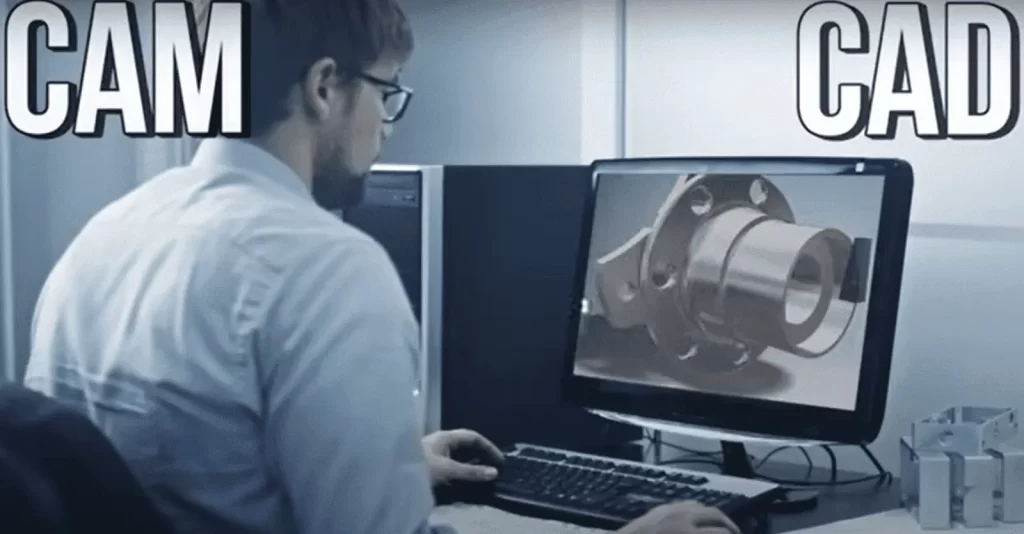
CNC CAD Modelling
- CNC and CAM Programming
CNC machines need G-code to operate effectively. It’s a programming language that directs their movements. CAM (Computer-Aided Manufacturing) software generates these G-codes from CAD (Computer-Aided Design) models. It translates designs into machine-readable instructions. The CAM system also simulates the best tool paths. This minimizes errors and improves precision. Once programmed, the CNC machine follows the G-code. It executes precise movements and operations. This ensures it achieves the desired output with accuracy.
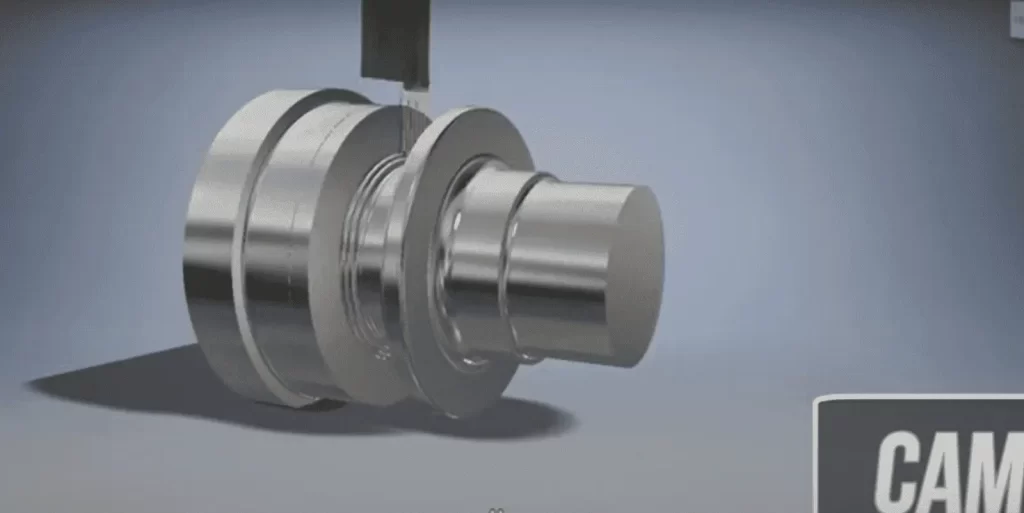
Computer Aided Manufacturing
- Setup CNC Machine
A CNC machine controls the cutting tools. It ensures high-quality goods are produced. Precision CNC machine setup requires tool setup and work holding. The operator places the tool in the collet and the workpiece on the machine bed or chuck. The machine may also provide Automatic Tool Changing (ATC). For ultimate accuracy, use the right tools (end mills, face cutters, drill bits, etc.) and verify the correct placement of all fittings and dies. Also, ensure solid work and tool holding. Incorrect or misaligned machining tools may cause major quality issues in precision-manufactured items.
- Machining Process Part
Start the CNC program, with the button on the machine’s control panel. The machine processes operation instructions by connecting to the control system. The CNC operator manually adjusts the operators such as spindle speed, depth, and feed rate as needed.
The machine operates autonomously once the software is started. After the machine performs the instructions to machine the workpiece. Testing fine-tuning settings during the process helps develop precision machining products. The machining continues until the program is completed or an exception occurs. If the machine has to be stopped, operators may stop it, while external factors, like power disruptions, may also impact the process.
- Post-Production:
The last and crucial phase of CNC Precision Machining. CNC Precision machining parts may have tool marks, burrs, or chips, influencing dimensions and aesthetics. Grinding and deburring remove small materials to accurate specifications. Sandblasting, electroplating, and polishing improve surface quality and aesthetics. Hydraulic rods and spinning components need polishing for operation and performance.
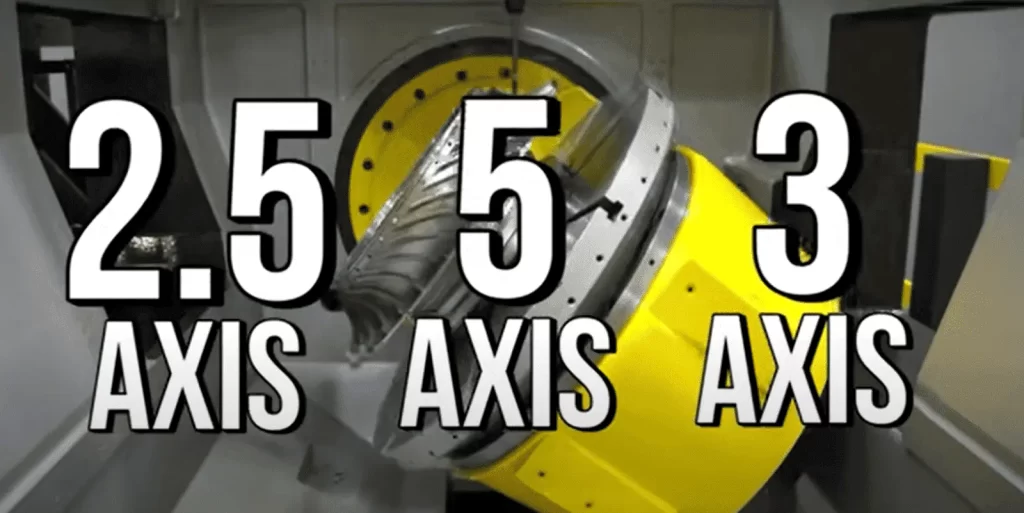
CNC Machining Axis
Methods for CNC Precision Machining Parts
CNC precision machining uses various techniques to make parts. It achieves high accuracy and consistency for many applications. Efficiency and accuracy are guaranteed by customizing each procedure to individual needs. These are the main methods that are employed:
Try Prolean Now!
CNC TURNING
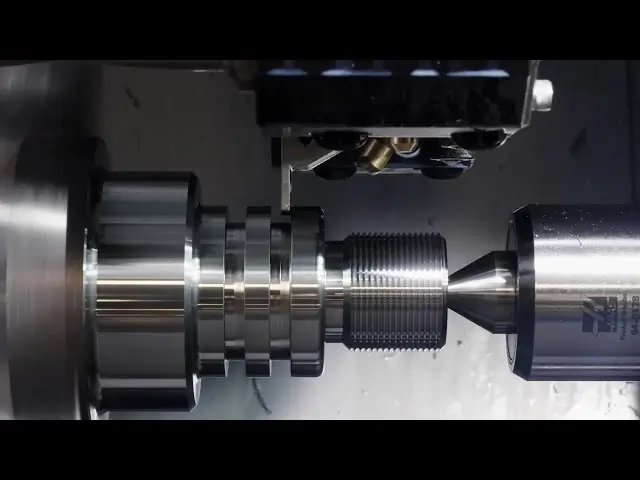
CNC Turning
CNC turning is the process of shaping a workpiece into a certain form by spinning it on a lathe using a cutting tool. CNC turning often uses lathes. They spin the workpiece on a spindle at high speeds. A center drill or similar tool can cut the component. It can be cut both longitudinally and radially by rotating it.
CNC lathes are better than CNC mills for making many identical parts. They have lower costs and faster production times.
Unfortunately, CNC lathes can only make components with a cylindrical shape, like screws or washers or fittings. This is their biggest drawback. In this context, further procedures may include CNC machining. It would add unique features to the component in question. The necessary geometry may also be manufactured in a single pass using 5-axis mill-turning CNC centers.
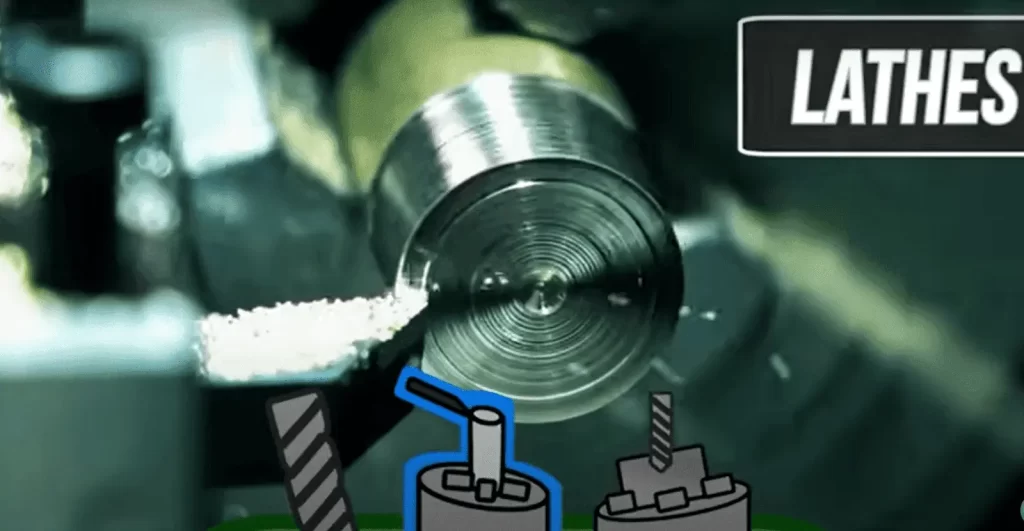
3-Axis CNC Machining
CNC machining with three axes of motion (X, Y, and Z) is the most used method for turning and milling. These machines move the cutting tool along three linear axes. They do this relative to the workpiece. It can move horizontally, vertically, forward/backward, and up/down.
In CNC milling, the workpiece is secured to the machine bed. High-speed drills or cutting devices remove material from the workpiece. A spindle that moves in three straight lines carries these tools. This technology lets you make very precise molds, plates, and housings. You can also make moderately complex items.
3-axis CNC milling machines are popular for their efficiency in producing simple forms. They also need less programming and are easy to use. This lowers initial machining costs. The tool’s limited workpiece access limits 3-axis CNC milling compared to 5-axis. Due to the tool’s restricted axes, certain workpiece locations are hard to reach. When the workpiece must be rotated many times, labor and machining costs rise.
5-Axis CNC Machining
Five-axis CNC machining gives you more freedom than ever. You can move along the X, Y, and Z axes and rotate on two more. 5-axis CNC machining has many setups. They include mill-turning centers with live tooling, continuous milling, and milling. These configurations give flexibility to milling and lathe operations. A 5-axis CNC milling center may spin around the tool head, machine bed, or both. Additionally, the bed and head may move in three directions.
The machines are costly. They do several tasks that need special tools and skilled staff. However, 3D printing is better for improving complex or metal component topologies.
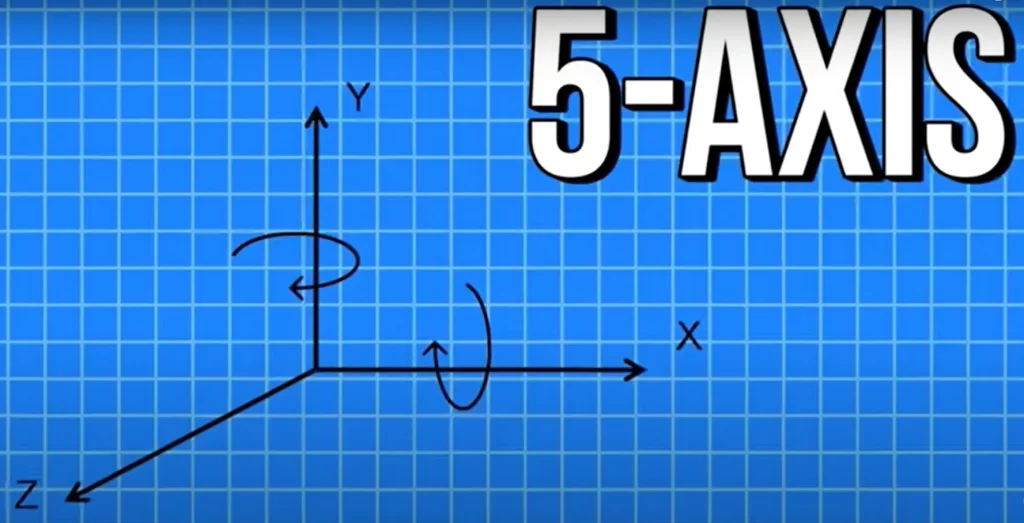
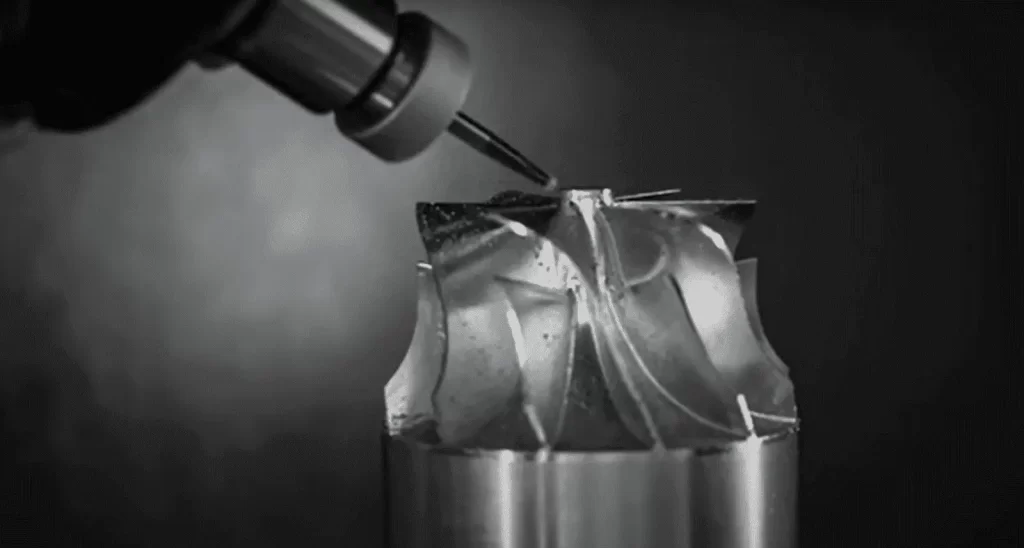
5-Axis CNC Machining
5-axis indexed systems are faster and more accurate for complex shapes than 3-axis CNC mills. While they don’t provide free-form cutting, continuous 5-axis CNC machining is more versatile. This technique is vital for producing complex parts in aerospace and medical equipment. It works with complicated geometries and angles.
Level 5 CNC milling machines may always move their cutting tools along the workpiece’s rotational axes in all three linear directions.
CNC Boring
CNC boring precisely enlarges pre-drilled holes. It ensures correct diameters and perfect finishes. For very precise cutting, CNC milling machines are ideal. Creating a hole that is larger than the specified size is the only purpose of CNC boring. You may use an attached knife against a moving workpiece. Or, you can feed the workpiece against a rotating, stationary cutter. Precision boring may also be done at any angle, not only horizontally or vertically. A superior surface finish is achieved by reducing feed rates and operating at a slower pace to eliminate chatter and noise.
This technique is vital for producing internal traits. It is key when designing engine blocks, hydraulic systems, or other critical parts.
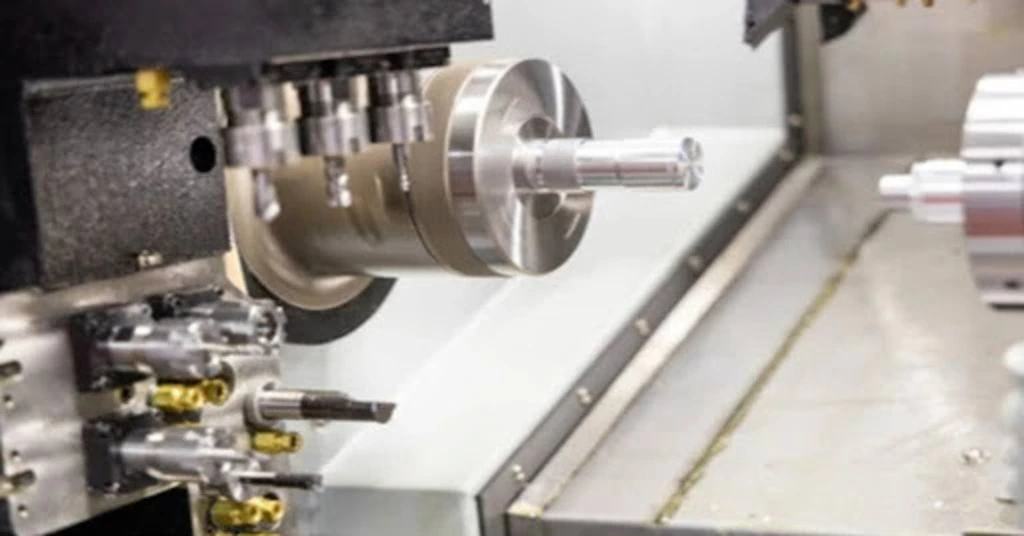
CNC Boring
Applications of CNC Precision Machining
Numerous sectors make use of CNC precision machining, such as:
- The aerospace industry needs precise machining. It is essential for making parts used in airplanes and spacecraft.
- CNC machining makes medical devices, like surgical tools and implants. They must be precise and dependable.
- Automotive: Engine components, chassis parts, and gears are vital to a vehicle’s function and safety.
- Defense equipment, like weapons and vehicles, uses high-tolerance CNC parts.
The Importance of CNC Precision Machining Parts Manufacturers
Modern CNC machines are complex machining robotics. They can improve accuracy and efficiency in industrial production. They use various tools to perform many tasks along multiple axes. A precision parts manufacturer is a business that makes very precise parts. It uses advanced machining processes. These producers often focus on a specific component. They invest in cutting-edge CNC equipment for the automotive, medical, and industrial sectors.
In precision machining, manufacturers must meet customers’ exact demands. They do this by following strict quality control standards. A dependable manufacturer ensures quality in all parts. This applies to complex aircraft and simple mechanical components.
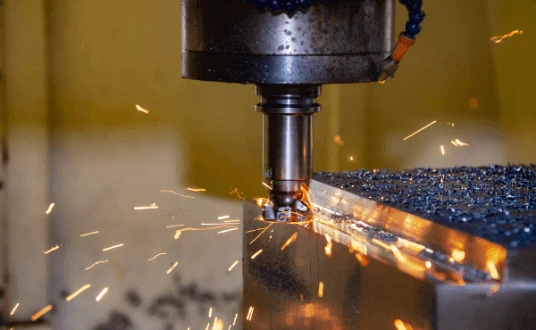
CNC Precision Machining Parts Automotive
Final Thought
CNC precision machining is vital for making high-precision parts. Many sectors need these parts. A precision parts manufacturer is vital. They must produce precision machining goods to the highest standards. Using machining robotics, precision drilling, and precision CNC machining services will expand CNC machining’s capabilities. This will lead to better precision machining components made with cutting-edge technology.
To stay competitive in manufacturing, a company must use CNC precision machining. It ensures high-quality precision machining products, fast production, and low costs.

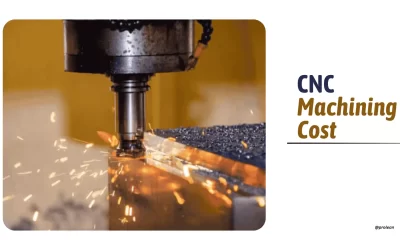
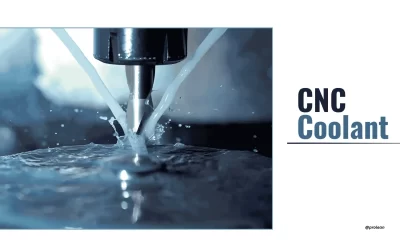
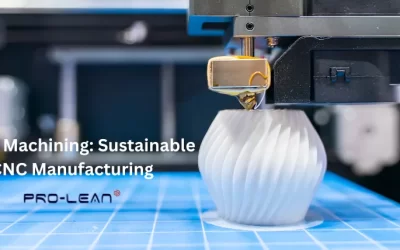
0 Comments